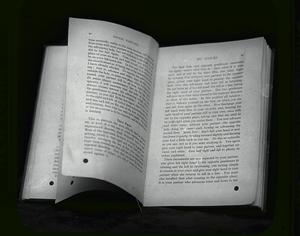By Michael Suarez and Henry Woudhuysen
And Yet The Books
‘And yet the books’ by Polish writer Czeslaw Milosz (1986) brilliantly captures the relationship between the book as a universal, world-wide object, a thing that exists by the millions and yet is so individual, and the single, solitary writer or reader. How can such a ubiquitous, material phenomenon be at the same time so personal and so transcendent?
Histories of the book have often concentrated on one aspect. Most have been accounts, for example, of medieval manuscripts or of printing in the West or have taken the form of national histories of the book in, say, France, the US, India, or China. More detailed studies look at one or two means of production and publication, at a particular period, or a local phenomenon. However valuable these studies are (and astonishing work has been done on books during the last century), they deny the universality of books, the very feature that makes them such important and internationally significant objects. How could a history of books be taken seriously without thinking about the recent enormous growth in South American publishing, or the way in which book production in India has developed? To say nothing about the book in China and Japan; that would be to miss some of the most striking and visually attractive illustrated books and bindings of the last few centuries that have been enormously influential throughout the world.
And not just the book itself as a material object – Mislosz’s “shining chestnuts” – but as an immaterial object. We should seek to cover the development of writing, the oral teachings of the world’s great religious and philosophical leaders, the metaphysical or platonic identity of texts, and the electronic book. We should explore the history



